Understanding the Symptoms of Iron Deficiency and How IV Therapy Can Help
Iron deficiency is a widespread health issue that can significantly impact one's quality of life. It occurs when the body doesn't have enough iron to produce adequate levels of hemoglobin, the protein in red blood cells that carries oxygen. This deficiency can lead to a condition known as iron deficiency anemia. Here, we explore the symptoms of iron deficiency, its causes, and how intravenous (IV) iron therapy can help.
Symptoms of Iron Deficiency
Recognizing the symptoms of iron deficiency is crucial for early intervention. Some common signs include:
Fatigue and Weakness: One of the earliest and most common symptoms due to the body's inability to transport enough oxygen.
Shortness of Breath: Reduced hemoglobin levels can lead to difficulty breathing during simple activities.
Pale Skin: A lack of red blood cells can cause paleness in the skin and mucous membranes.
Chest Pain: Severe iron deficiency can result in chest pain or an irregular heartbeat.
Lightheadedness: Low iron levels can lead to dizziness or lightheadedness.
Cold Hands and Feet: Poor blood circulation due to low iron can cause extremities to feel cold.
Pica: A craving for non-nutritive substances like ice, dirt, or starch.
Restless Legs Syndrome: An uncomfortable urge to move the legs, often worse at night.
Brittle Nails and Hair Loss: These physical changes can indicate poor iron levels.
Headaches: Reduced oxygen flow to the brain can cause frequent headaches.
Causes of Iron Deficiency
Iron deficiency can stem from various causes, including:
Blood Loss: Heavy menstrual periods, gastrointestinal bleeding from ulcers, gastritis, or the use of nonsteroidal anti-inflammatory drugs (NSAIDs) can lead to significant iron loss.
Poor Iron Absorption: Conditions like celiac disease, Crohn’s disease, and gastric bypass surgery can affect the body's ability to absorb iron from food.
Increased Iron Needs: Pregnancy, breastfeeding, and growth spurts in young children and adolescents increase iron requirements.
Dietary Deficiency: A diet lacking in iron-rich foods like leafy greens, cereals, and lean meats can lead to low iron levels.
Chronic Diseases: Chronic kidney disease, heart failure, and inflammatory bowel disease can interfere with the body's iron metabolism.
Diagnosing Iron Deficiency
To diagnose iron deficiency, healthcare providers typically perform blood tests, including a complete blood count (CBC), serum iron, ferritin level, and transferrin saturation. These tests help determine the body's iron stores and the amount of iron available in the bloodstream.
Treating Iron Deficiency with IV Iron Therapy
While oral iron supplements are commonly prescribed to treat iron deficiency, they can cause gastrointestinal side effects such as constipation, nausea, and abdominal pain. For individuals who cannot tolerate oral iron or have conditions that impair iron absorption, intravenous (IV) iron therapy is a highly effective alternative.
Benefits of IV Iron Therapy:
Rapid Replenishment: IV iron quickly increases hemoglobin levels and replenishes iron stores, making it ideal for those with severe deficiency or urgent needs.
Avoids Gastrointestinal Issues: IV iron bypasses the gastrointestinal tract, reducing the risk of side effects like constipation and nausea.
Effective for Absorption Issues: For individuals with conditions like celiac disease, Crohn’s disease, or post-gastric bypass surgery, IV iron ensures that the body receives the necessary iron.
Convenience: IV iron can be administered in a healthcare setting, ensuring that doses are precisely controlled and monitored.
IV Iron Therapy Process:
Preparation: Blood tests such as ferritin and transferrin levels are conducted to assess the severity of iron deficiency and tailor the treatment.
Administration: IV iron is given through a vein, typically in a clinic or hospital. The infusion can take from 15 minutes to several hours, depending on the type and dose of iron.
Monitoring: Patients are monitored for any adverse reactions during and after the infusion. Commonly reported side effects are minimal and include mild allergic reactions.
Follow-Up: Subsequent blood tests are performed to evaluate the effectiveness of the treatment and determine if further doses are needed.
Takeaways
Iron deficiency is a manageable condition when properly diagnosed and treated. Recognizing the symptoms early and understanding the causes can lead to effective interventions. While oral iron supplements work for many, intravenous iron therapy offers a viable solution for those who cannot tolerate oral iron or have absorption issues. Consulting with healthcare providers about the best treatment options, including IV iron, can ensure optimal iron levels and overall well-being.
By addressing iron deficiency promptly, you can alleviate symptoms, improve quality of life, and prevent potential complications. If you suspect you have iron deficiency or are experiencing related symptoms, seek medical advice to explore the best treatment options, including the possibility of IV iron therapy.
